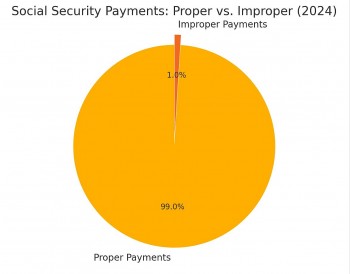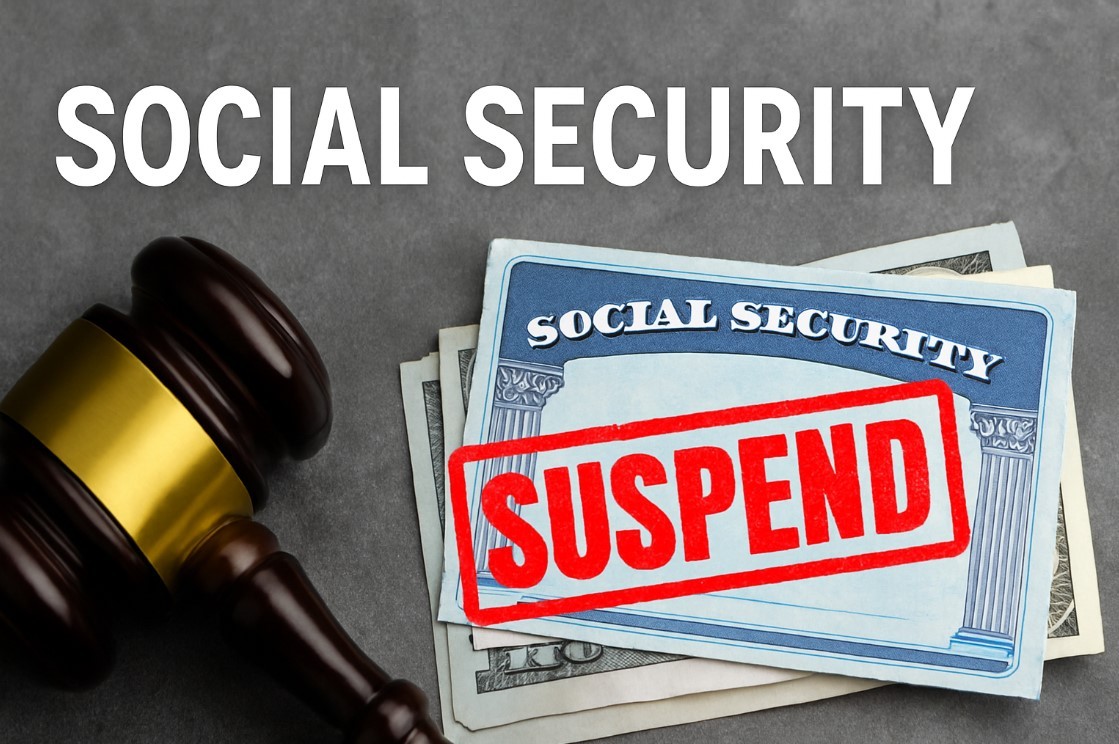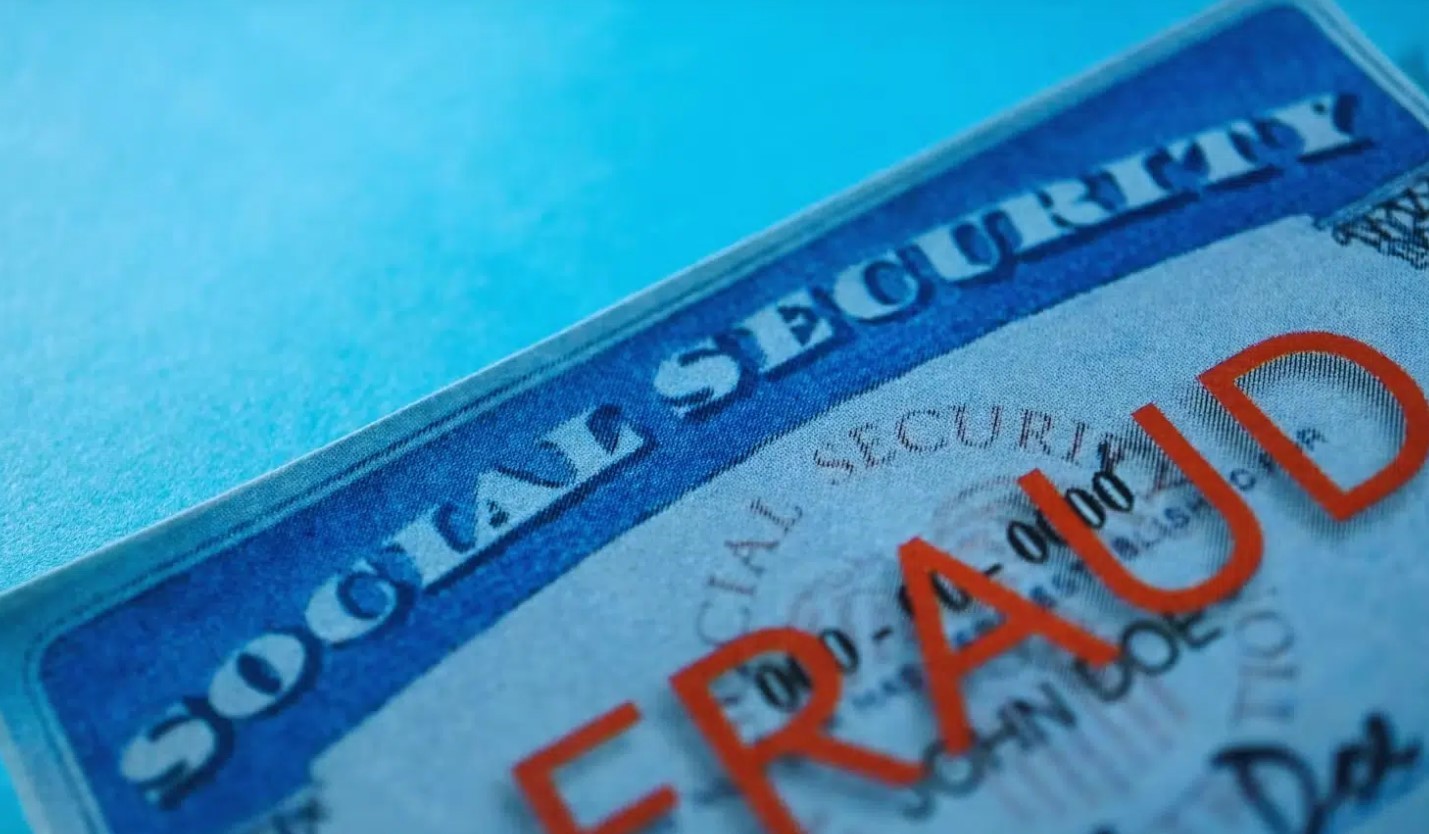When Do Social Security Payments Go Out in May? The Full 2025 Payment Schedule
 Tips to Maximize Social Security Benefits in 2025 Tips to Maximize Social Security Benefits in 2025 |
 What is Social Security Fairness Act: Key Provisions and Changes What is Social Security Fairness Act: Key Provisions and Changes |
If you're receiving Social Security benefits, knowing exactly when your payment arrives each month is crucial for budgeting and planning. This comprehensive guide covers the Social Security payment schedule for May 2025, explains how payment dates are determined, and provides step-by-step instructions on what to do if your payment is delayed. Plus, you'll find practical advice to better manage your benefits.
Key Takeaways• May 2025 Social Security payment dates: May 2, May 3, May 8, May 15, and May 22. • Payment timing depends on birth date and when you started benefits. • Track payments easily online and via your bank. • Late payment? Contact SSA after three business days. • Manage your income smartly with budgeting, emergency savings, and bill automation. |
 |
| May 2025 Social Security Payment Dates |
Social Security Payment Schedule for May 2025
Social Security payments are scheduled based on your birth date and the date you first started receiving benefits. Here’s the detailed payment schedule for May 2025:
-
May 2, 2025 (Friday): Supplemental Security Income (SSI) recipients.
-
May 3, 2025 (Saturday): Social Security beneficiaries who started receiving benefits before May 1997.
-
May 8, 2025 (Thursday): Beneficiaries born between the 1st and 10th of the month.
-
May 15, 2025 (Thursday): Beneficiaries born between the 11th and 20th.
-
May 22, 2025 (Thursday): Beneficiaries born between the 21st and 31st.
Important: If your payment date falls on a weekend or federal holiday, payments are typically deposited on the preceding business day.
Full 2025 Social Security Payment Calendar
Here’s a simple view of how payments are structured throughout the year:
| Month | SSI Payment | Early Beneficiaries | 1st-10th Birthdays | 11th-20th Birthdays | 21st-31st Birthdays |
|---|---|---|---|---|---|
| May | May 2 | May 3 | May 8 | May 15 | May 22 |
(For a full month-by-month breakdown, visit ssa.gov.)
How Social Security Determines Your Payment Date
Two main factors decide when you get your money:
-
Date You Began Receiving Benefits:
-
If you started before May 1997, you are paid on the 3rd of each month.
-
If you started after May 1997, payment dates are determined by your birthdate.
-
-
Your Birth Date:
-
Born 1st–10th: 2nd Wednesday of each month.
-
Born 11th–20th: 3rd Wednesday of each month.
-
Born 21st–31st: 4th Wednesday of each month.
-
How to Track Your Social Security Payment
Keep tabs on your benefits easily by following these steps:
-
Create a "my Social Security" account: Go to ssa.gov/myaccount.
-
Log in regularly: View expected payment dates and amounts.
-
Set up direct deposit: It's faster and more secure than waiting for a check.
-
Use your bank's mobile app: Receive notifications when the deposit hits.
-
Enable text/email alerts: SSA allows you to opt into updates.
What to Do if Your Payment Is Late
If your Social Security check is late, here’s what you should do:
-
Step 1: Wait at least three business days after your scheduled payment date.
-
Step 2: Check your bank account and "my Social Security" portal.
-
Step 3: Confirm there are no banking issues (like account closures).
-
Step 4: Contact the SSA at 1-800-772-1213 (TTY 1-800-325-0778) during business hours.
-
Step 5: Follow SSA's instructions to resolve the issue promptly.
Quick Tip: Enroll in direct deposit to almost eliminate the risk of missing a payment.
Tips for Managing Your Social Security Income
Making your Social Security income stretch further takes planning. Here are some proven tips:
-
Budget Around Payment Dates: List essential expenses and align them with your payment arrival.
-
Use Automatic Payments for Bills: Avoid late fees and stress.
-
Build an Emergency Fund: Save small amounts regularly to cover unexpected expenses.
-
Track Monthly Expenses: Use a free budgeting app to spot where you can save.
-
Consider a Savings Plan: Even on a fixed income, setting aside a little each month helps.
What Is SSI, and Who Qualifies in 2025?
Supplemental Security Income (SSI) is a federal assistance program that provides financial help to individuals who are 65 or older, blind, or living with a qualifying disability — and who have limited income and resources. Importantly, eligible children with disabilities can also qualify for SSI benefits.
Income Limits for SSI in 2025:
To qualify, adults generally must have monthly earnings below $2,019. Asset limits also apply, with individuals typically restricted to $2,000 in countable resources ($3,000 for couples).
How to Apply for SSI:
-
Online at ssa.gov
-
By phone at 1-800-772-1213
-
In person at your local Social Security office
Early application is key, as processing times can vary.
Social Security in 2025: Major Changes You Need to Know
Social Security faces significant shifts in 2025, driven by federal cost-cutting efforts. Under the newly established Department of Government Efficiency (DOGE) — led by Elon Musk during the Trump administration — expect tighter audits, aggressive fraud investigations, and a reduction in walk-in service locations.
Here’s a snapshot of the biggest changes this year:
-
Cost-of-Living Adjustment (COLA):
The COLA for 2025 is 2.5%, a decrease from 3.4% in 2024, impacting all Social Security benefits. -
Higher Taxable Earnings Limit:
The maximum amount of income subject to Social Security taxes has risen to $176,100, up from $168,000. -
More Appointment-Only Services:
SSA offices are increasingly moving to an appointment-based system to cut wait times and improve service quality. -
Expanded Digital Access:
While rumors about services moving to platforms like X (formerly Twitter) are false, the SSA is heavily investing in better online tools and mobile access.
What Is Full Retirement Age for Social Security in 2025?
In 2025, the full retirement age (FRA) depends on your birthdate:
-
Born between May 2, 1958, and February 28, 1959:
Your FRA is 66 years and 8 to 10 months. -
Born 1960 or later:
Your FRA is 67 years.
Important:
-
You can claim benefits as early as age 62, but doing so will permanently reduce your monthly payment.
-
Waiting until age 70 increases your monthly benefits significantly thanks to delayed retirement credits.
What’s the Maximum Social Security Benefit in 2025?
For 2025, the maximum Social Security benefit at full retirement age climbs to $4,018 per month, up from $3,822 in 2024. That’s more than $48,000 annually.
Key Note:
Only high earners who paid the maximum taxable amount into Social Security for 35+ years will qualify for this maximum payout. Most retirees will receive lower monthly benefits based on their personal earnings record and the age they begin claiming.
Common Questions About Social Security Payments
Will I receive two SSI payments in May 2025?
-
No. In 2025, SSI payments are scheduled normally. Some years, when the first falls on a weekend, double payments happen, but not this May.
Can I change my payment method?
-
Yes. Log in to "my Social Security" and update your direct deposit information or switch to a Direct Express® Debit Card.
What if my birthday falls at the end of the month?
-
If you’re born between the 21st and 31st, expect your payment on the 4th Wednesday each month.
 Are Millions of Dead People Getting Social Security? Here’s What the Data Really Says Are Millions of Dead People Getting Social Security? Here’s What the Data Really Says Claim: Millions of deceased individuals are still receiving Social Security benefits. |
 Social Security Overpayments: What They Are and How to Avoid Them Social Security Overpayments: What They Are and How to Avoid Them This article breaks down the causes, consequences, and solutions for Social Security overpayments—and what every recipient should know to avoid them. |
 Major Changes to Social Security Identity Checks in April 2025 – How It Affects Your Benefits Major Changes to Social Security Identity Checks in April 2025 – How It Affects Your Benefits Starting March 31, 2025, the Social Security Administration (SSA) will roll out significant changes to its identity verification process for benefit claimants. |


























